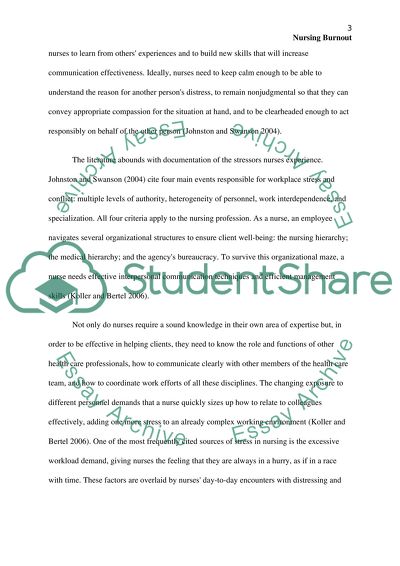Cite this document
(“Nursing Burnout Essay Example | Topics and Well Written Essays - 2750 words”, n.d.)
Nursing Burnout Essay Example | Topics and Well Written Essays - 2750 words. Retrieved from https://studentshare.org/miscellaneous/1507516-nursing-burnout
Nursing Burnout Essay Example | Topics and Well Written Essays - 2750 words. Retrieved from https://studentshare.org/miscellaneous/1507516-nursing-burnout
(Nursing Burnout Essay Example | Topics and Well Written Essays - 2750 Words)
Nursing Burnout Essay Example | Topics and Well Written Essays - 2750 Words. https://studentshare.org/miscellaneous/1507516-nursing-burnout.
Nursing Burnout Essay Example | Topics and Well Written Essays - 2750 Words. https://studentshare.org/miscellaneous/1507516-nursing-burnout.
“Nursing Burnout Essay Example | Topics and Well Written Essays - 2750 Words”, n.d. https://studentshare.org/miscellaneous/1507516-nursing-burnout.


